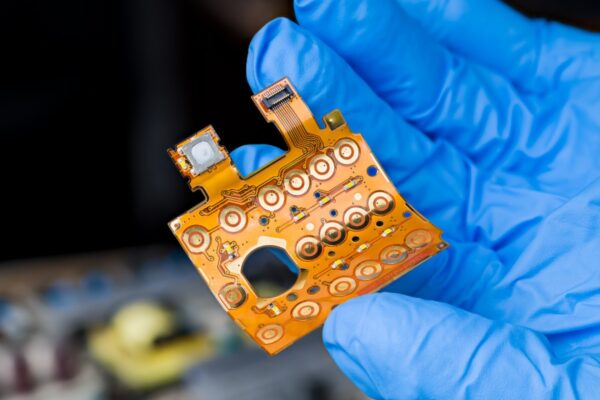What is Flex Circuit
A flex circuit, flexible printed circuit (FPC), or flex PCB, is a printed circuit board designed to be flexible and bendable. It is made using a thin and flexible base material, typically a polymer film such as polyimide, that allows the circuit to be bent or twisted to fit into tight spaces or conform to the shape of the device it is being used in. The flex circuit consists of a patterned arrangement of printed circuitry and components, including conductive traces and plated through holes for interconnections.
Flex circuits can be classified into different types based on their construction and capabilities. The most common types include single-sided flex circuits, double-sided flex circuits, multi-layer flex circuits, and rigid-flex circuits. Single-sided flex circuits have a single conductor layer on a flexible dielectric film, while double-sided flex circuits have conductive traces on both sides of the dielectric film, connected by plated through holes. Multi-layer flex circuits have three or more layers of conductors, allowing for higher circuit density and more advanced functionality. Rigid-flex circuits, on the other hand, are a hybrid between flex circuits and rigid PCBs, consisting of a network of rigid circuit boards connected by flexible substrates.
Flex circuits offer several advantages over traditional rigid PCBs, including the ability to fit into tight spaces, reduced weight and package size, increased design flexibility, and improved reliability due to fewer mechanical connectors. They are commonly used in applications where flexibility and space-saving are critical, such as consumer electronics, medical devices, and aerospace systems.





